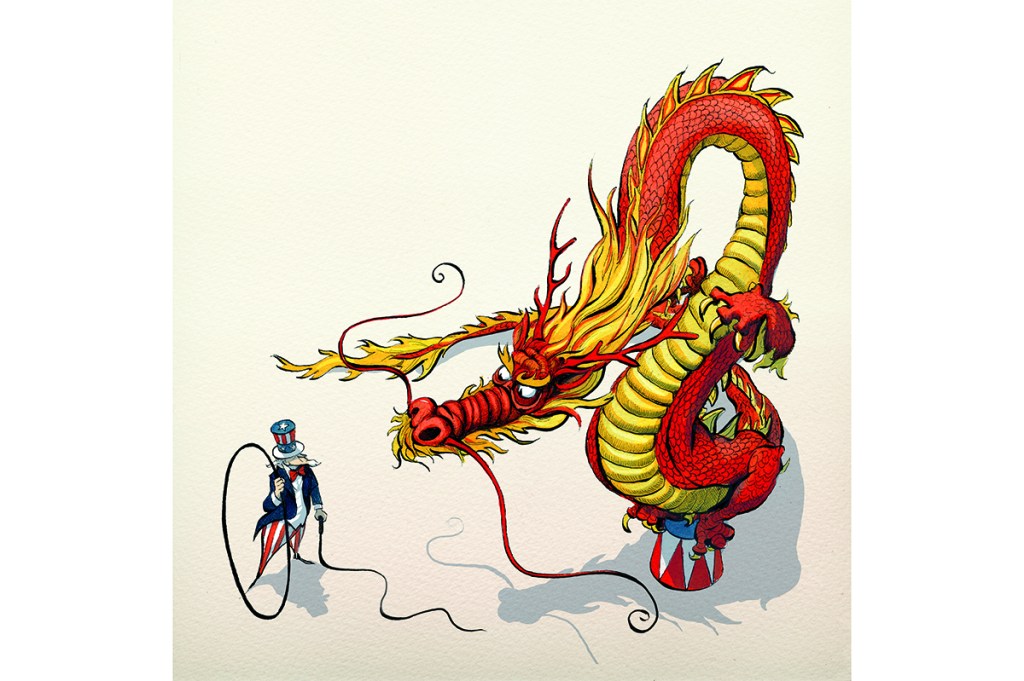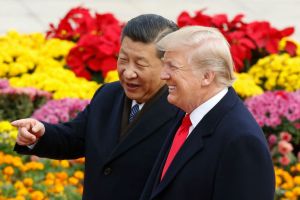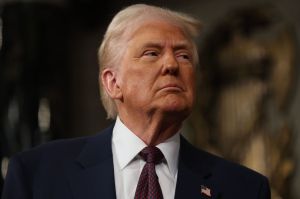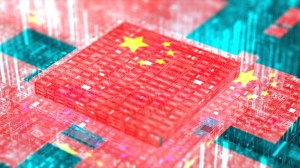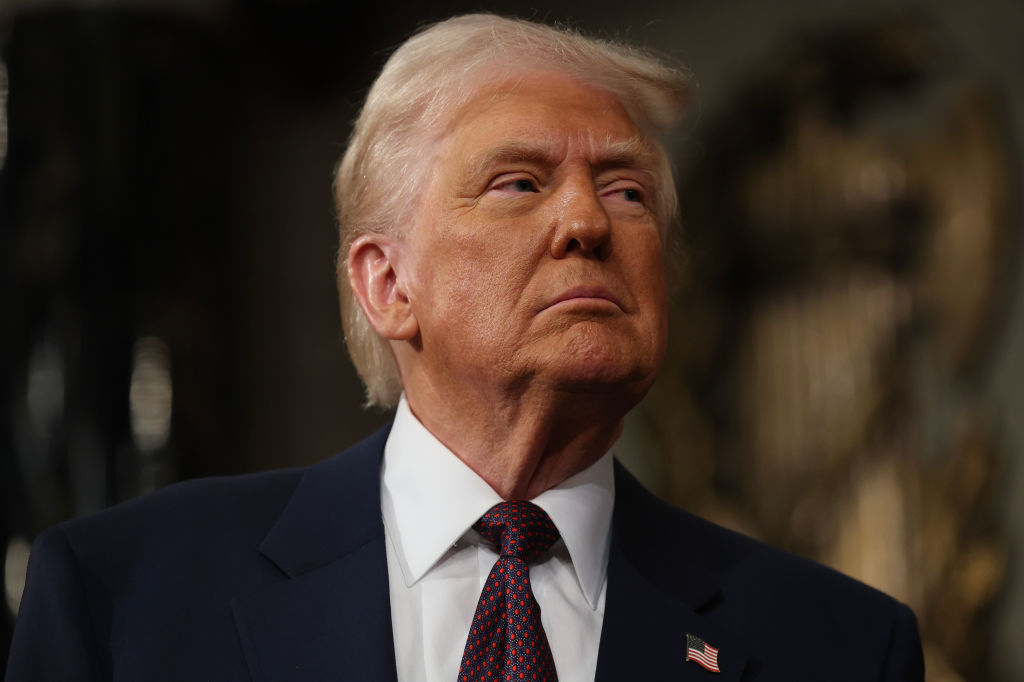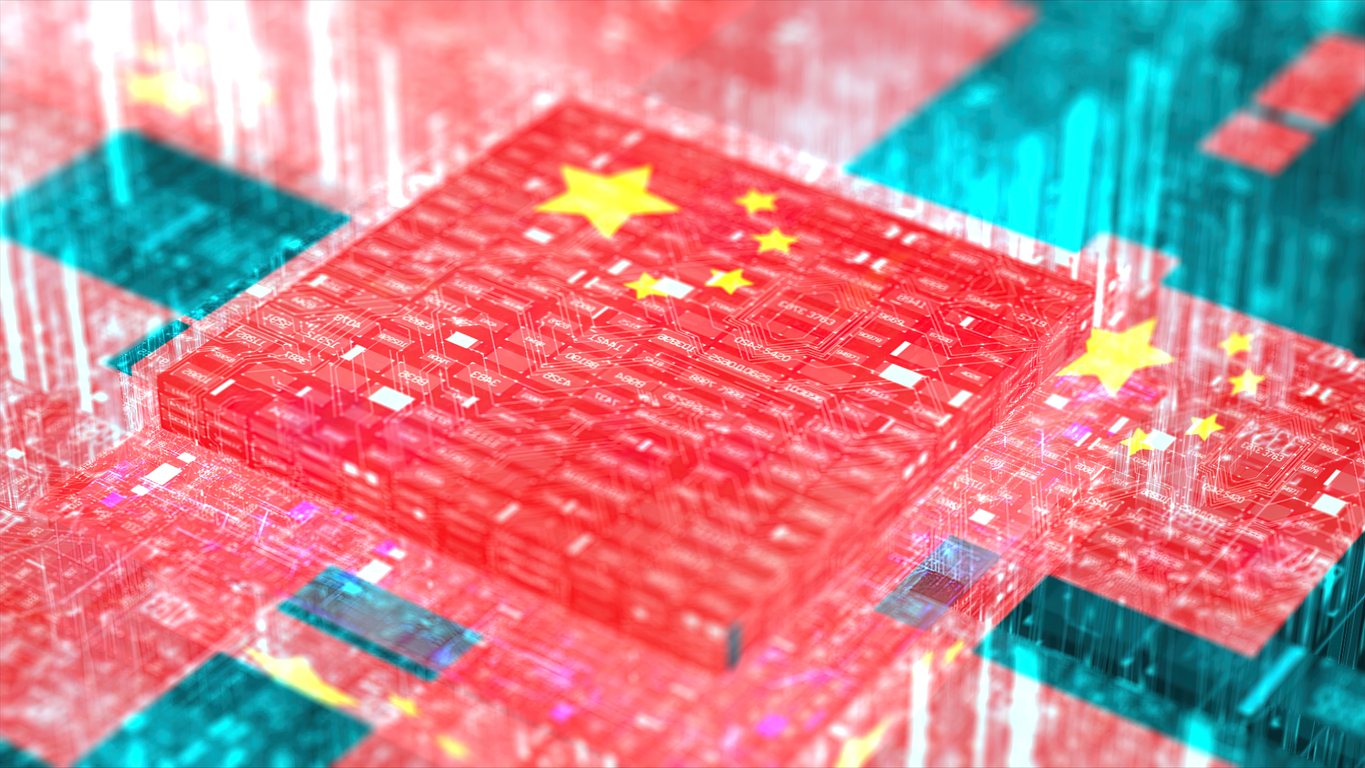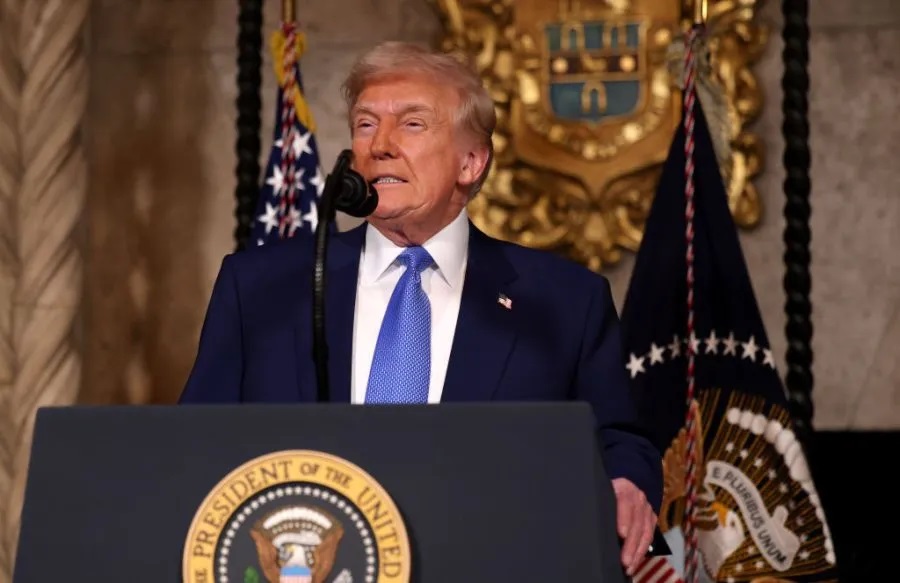It is traditional that the serious statesperson should respond to a crisis such as COVID-19 by calling for a ‘new Marshall Plan’. The New York Democrat Chuck Schumer wants one for the domestic economy. The Texas Democrat Julián Castro wants one in Central America. A chorus of European leaders, some of them democratically elected, wants one for the European Union. It is only a matter of time before the Trump administration wants one too, but on its own terms, in order to counter the threat of China. Call it Marshall’s Law.
Between 1948 and 1951, the Marshall Plan or European Recovery Program (ERP) transferred $12 billion (c. $130 billion in today’s money) to western Europe, most of it to Britain, France and Germany. The ERP was one element in a global strategy of conditional subsidy. In Asia, recipients of American grants and credits included China, India, Indonesia, South Korea, Japan and Israel.
Between 1948 and 1953, the United States gave foreign aid and loans to the tune of $44.3 billion (c. $500 billion today). The object was not just to block the influence of Russia and China, but also to create export markets for US goods in exchanges conducted according to the American-led rules of the post-1945 order.
Compared with the extravagances of recent decades, these global investments were America’s greatest bargain since the Louisiana Purchase. With the exception of China, all the major recipients of foreign aid in the first years of the Cold War remained US allies when the Cold War ended. They remain US allies now and are, for what it’s worth, democracies today: Britain, France, Germany, India, Indonesia, South Korea, Japan and Israel. And all for less than 7 percent of the cumulative cost of the War on Terror, which is now estimated to have exceeded $6 trillion and has created nothing but death, enemies and disaster.
Donald Trump, like Barack Obama before him, won the White House by promising to correct the fundamental problem of American foreign policy since the end of the Cold War: the decoupling of economic policies from strategic priorities. The ‘unipolar moment’ of the Clinton years permitted the export of the US’s industrial base, much of it to China in the wake of its Clinton- sponsored entry into the World Trade Organization in 2000. The 9/11 attacks then forcibly transferred the presumptions of globalization from the economic to the military sphere: the Bush doctrine assumed that parts of the world that were not yet flat could be flattened in prelude to democratization and incorporation. The result was the worst case of imperial self-harm since Austria-Hungary took the Kaiser’s advice and declared war on Serbia.
If the exchanges between American corporations and the Chinese Communist party ever were the mutual embrace that the historian Niall Ferguson dubbed ‘Chimerica’, the romance is now over. China is a rising and revisionist power, candidly reclaiming its historical sphere of influence and building a global empire through the traditional imperial techniques of flattery, intimidation, a blue-water navy and infrastructure building on land. The United States is now cast in the role of status quo power whether it likes it or not. If the US is to retain privileges such as setting the rules of international trade and running domestic deficits that would sink a lesser currency, it has little choice but to defend its damaged global order.
To do this, America must uncouple itself from China. Stressing a commitment to peace, the US must rebuild the global economy through a revived alliance system. We are encountering the unfinished business of the 20th-century confrontation between liberal democracy and the varieties of totalitarian socialism. The successor to the Chinese Communist party’s ideology will not be liberal democracy. At best, it will be a kind of high-tech Confucianism, with the traditional emphasis on hierarchy and order enforced by a surveillance state.
The best case for the coming decades is for the current multipolar system to form itself into tense but stable bipolarity. The worst case is a confrontation, by American accident or Chinese design, before the US has rebalanced itself. The outcome depends on whether the US can realign its global security and economic interests. No wonder the Marshall Plan is now on everyone’s lips.
President Obama was often rebuked for not ‘showing leadership’ on the world stage. But he had a plan of retreat, at least: to realign security and the economy. The Trans-Pacific Partnership (TPP) was intended to cement the connection between a US-led security order in the Pacific and a US-dominated trade order containing 40 percent of global GDP. The Transatlantic Trade and Investment Partnership (TTIP) with the European Union was meant to be the biggest bilateral trade agreement in history, involving 46 percent of global GDP in the world’s biggest free-trade area. It would have parried the tendrils of China’s Belt and Road Initiative in southern and southeastern Europe and, for that matter, Vladimir Putin’s drive to render Europe dependent on exports of Russian gas.
In 2017, Trump refused to ratify the TPP on the reasonable grounds that it would be bad for American workers; an analysis endorsed at the time by Bernie Sanders. In 2018, Trump halted negotiations on the TTIP for similar reasons. It is right that an American president should put the wellbeing of Americans ahead of global trade, so Trumpism was in many ways a necessary correction. Trump deserves more credit than he has received for swapping out Clinton’s North American Free Trade Agreement for the United States-Mexico-Canada deal. But Trump’s other achievements so far have largely been destructive. He has unsettled America’s relationship with China through his tariffs policy against Beijing. If the main method of Trump’s presidency is creative destruction, then he has accomplished its destructive phase. The creative phase is now urgently needed. More is at stake than winning the 2020 election.
In January the outsourced economy was, as it had been in November 2016, a winning domestic campaign issue for Trump. The diplomatic and economic fallout of COVID-19 has turned the domestic economy into a national security issue and an electoral liability. The lines of the administration’s response — call it the Pompeo Plan — are still emerging. Anonymous officials told Reuters in late April that the administration is ‘turbocharging’ efforts to extract supply chains from China. Secretary of State Mike Pompeo says that the US is working with Australia, India, Japan, New Zealand, South Korea and Vietnam to restructure key supply chains and ‘prevent something like this happening again’.
Domestically, tariffs, tax incentives and reshoring subsidies may be used to lever corporations out of China and persuade them to return production to American soil. Abroad, the administration is pushing for an ‘Economic Prosperity Network’ which would include ‘companies and civil society groups operating under the same set of standards on everything from digital business, energy and infrastructure to research, trade, education and commerce’. Similar discussions are being pursued with governments in Latin America.
Crucially, and unusually for an administration not noted for cross-departmental cooperation, the Commerce and State departments are working together on this. George C. Marshall, one of Pompeo’s predecessors at State, would have approved of Pompeo’s effort to harness economy and global strategy. More, however, will need to be done if the Pompeo Plan is to stabilize and secure the US’s global position in the 21st century.
The US now lacks the massive advantages that it enjoyed when Marshall launched his plan. Its distance from the Eurasian landmass, which saved America’s cities from being bombed in World War Two, is a handicap when countering the Belt and Road Initiative and China’s expansionist policies toward its neighbors. The American industrial base is in ruins, and its workers are deskilled. America’s image as a reliable ally and coalition-builder has been damaged by decades of sustained recklessness and frivolity. If the Pompeo Plan is to succeed as the Marshall Plan did, it requires new reserves of strategic endurance and industrial depth — something Beijing has in terrifying abundance.
The immediate effects of decoupling from China may perpetuate the outsourcing of American industry. India’s overseas missions have contacted more than a thousand US companies and offered incentives for transferring production out of China, with medical equipment, food-processing units, textiles, leather and auto parts high on the list. The Modi government offers cheap land for factories and changes to India’s tax and labor laws. India offers more reliable supply chains but higher production costs. These would be offset if the Trump administration further raised tariffs on imports from China. And that might set America’s outsourced economy on a newly sustainable footing.
The demagogues’ answer is to repatriate American production overnight. But this is impossible, politically and technically. Even with political will, the revival of American industry requires updating a 20th-century infrastructure and training a 21st-century workforce. The onshoring of production requires time, investment and a consensus that sustains Republican tariffs and subsidies through Democratic administrations.
***
Get three months of The Spectator for just $9.99 — plus a Spectator Parker pen
***
Disentangling the US economy from China will not be enough to tame the dragon. The US also needs to decouple its industrial and academic research. It needs to redirect subsidies away from Iraq and Afghanistan, which between them absorb a fifth of the current $50 billion foreign aid budget, and toward states like Italy and Greece, to counter the Chinese investment that accompanies the Belt and Road Initiative’s push into Europe.
Most importantly, the US needs to prepare workers and infrastructure for the eventual reshoring of production. Only then can the Pompeo Plan supply the domestic rewards of securing export markets for US manufacturers while also creating the strategic rewards of an alliance system capable of containing China. If an American corporation can, like the Chinese giant Huawei, provide an off-the-shelf 5G package that has been developed and manufactured in the US, the benefits are more than economic. America’s 5G clients will be updating their integration into an America-led, dollar-based order which favors democracy and the rule of law. That is much more attractive than membership of the Chinese-led sphere.
Donald Trump now finds himself in a dilemma. Tariffs and populism may hold the key to victory in November’s election, but free-trade deals that grant allies access to US markets are the fastest way to assemble the architecture of economic containment. Trump is nothing if not pragmatic: he’s neither a free-marketeer nor a protectionist at heart. If he can strike a balance between ‘the world as it is’ and the world that economic nationalists want, he can start rebuilding America’s alliances, rebalancing its economy and laying the ground for restoring America’s industrial base. That means articulating a global strategy, aligning corporate goals with the national interest and, as Marshall did, selling it to the voters. Success may depend on this last element: restoring trust and common values between the rulers and the ruled. As the Chinese Communist party knows, before there can be national purpose, there must be national unity.



